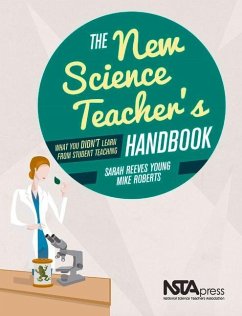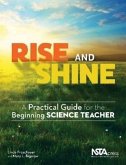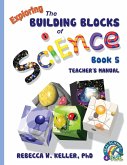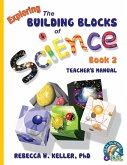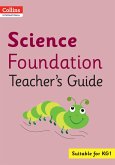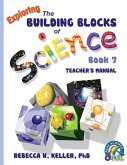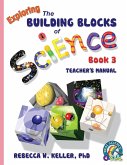" One of the first activities I ask new science teachers to do in my methods course is to think of a memorable science activity from their past. Whether it's creating an exploding vinegar and baking soda volcano, dissecting a frog, or building a mousetrap car, new teachers relish their memories from school. Beyond the projects themselves, we also discuss the teachers who facilitated these learning experiences, focusing on how they inspired their students to develop a passion and curiosity for science. "Once this is established, I ask my students the million-dollar question: ' How are you going to become one of those teachers?' " By reading The New Science Teacher's Handbook, you will learn 12 specific steps that will help you on your way to becoming a skilled classroom teacher. The authors make each chapter both helpful and fun to read by including: - The Story-- actual experiences that happened within one of the authors' classrooms. As the authors note, these true stories demonstrate that even those who go on to write books on best practices in the classroom didn't start off as perfect educators. - The Moral-- what the authors learned from the story. - Steps for Success-- multiple solutions you can choose from to fit your concerns and school environment. - What Does Success Look Like?-- how the classroom looks after implementing the steps for success. - Resources you can turn to if you want to explore each topic in more detail. The book addresses areas that are often underrepresented, if not completely ignored, by prevalent science methods pedagogy textbooks. " Whether you are on your way to becoming a science teacher or a teacher in your early years," the authors write, " we feel confident the ideas presented here will help you become the teacher you've always wanted to be."

